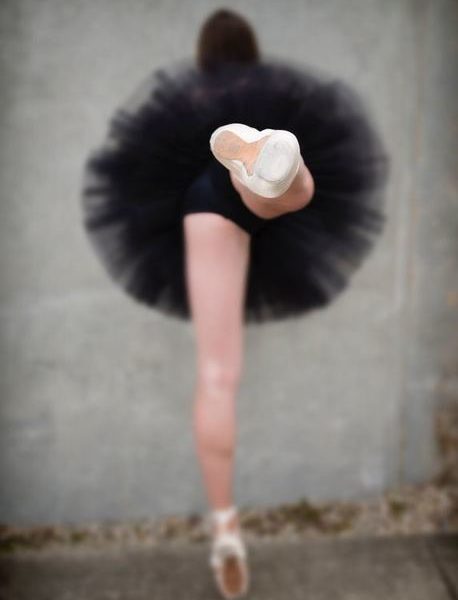Injury Prevention for Dancers
One of the basic characteristics of ballet dance is the external rotation of the legs, also known as turnout. A popular style of ballet is pointe which is danced on the tips of 3 toes. Pointe shoes have a reinforced toe box that is flat on the tip, creating an even surface for the dancer to stand on. These elements can all potentially cause severe injuries.
The rotation of the legs seen in ballet and pointe, occurs at the hip joint. This motion at the hip uses six deep muscles and is extremely important for proper movement. All six of these muscles connect the femur to the pelvis and are used to rotate the legs externally and internally. Many young ballet dancers are taught to use their feet as a guide for turnout. This focus on rotating out at the the feet can lead a dancer to only turnout at their feet instead of utilizing their hips, an unnatural occurrence, and can lead to knee and ankle injuries.
Pointe dancers need to have strong ankle muscles and good flexion in the ankles. I have seen students start pointe too early which has compromised the structure of their foot and leg bones and lead to very damaging injuries. Dance injuries are categorized as acute or new injuries and chronic injuries that develop over time.
Some common chronic injuries I see in my practice are stress fractures, plantar fasciitis and patellar tendinitis. Chronic injuries develop from overuse and activities such as repetitive jumping and landing. Common acute injuries are ankle sprains, muscle cramps and broken toes. These occur from weak or fatigued muscles, instability when performing jump landings and incorrect technique.
Acute and chronic injuries can be prevented. In order to prevent injuries in dancers, specifically ballet dancers, you must incorporate exercises that help with flexibility, strength, posture, alignment, balance and mobility. I recommend adding pilates and yoga to your workouts 2-3 times per week.
Pilates helps strengthen the core and improves alignment. Pilates classes that use the reformer are not easily accessible for many and can get quite expensive. You can take a pilates mat class or even better find a local Rollology™ instructor. If you can not find one, you can get certified to become one yourself here: www.RollologyFitness.com.
Rollology™ targets each and every part of your body helping to strengthen core muscles, improve alignment, posture and balance. It helps strengthen arms and legs and can promote flexibility. You can also use the foam roller to self massage and release tight fascia and muscles. Make sure to MOBILIZE your fascia. Just stretching, or even too much stretching, can cause injuries if the fascia and muscles are immobile or stiff.
Yoga is great for gaining muscle strength, joint stability, balance and focus. Hatha yoga is a very common type of yoga and can likely be found in your area. Hatha yoga focuses on balance, breathing and flexibility. It will also help young dancers focus, stay centered and ease performance nerves.
I hope this helps your little dancer stay injury free and dancing for a long time! I will be launching ShopDrSuz.com. This is a brand new website that will have foot care solutions for all your foot, ankle and leg conditions. Stay tuned for more blog posts and information on keeping your feet, ankles and lower body healthy and injury free.
To read the complete article by Dr. Suz, click here.


